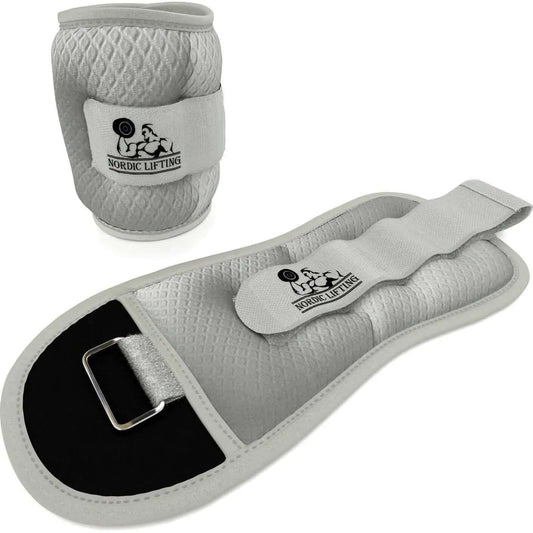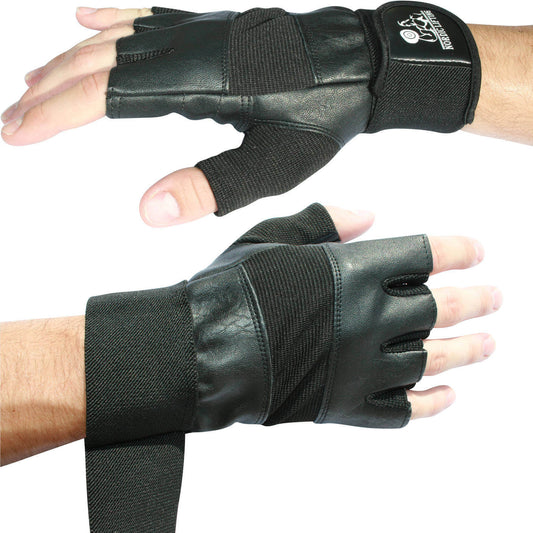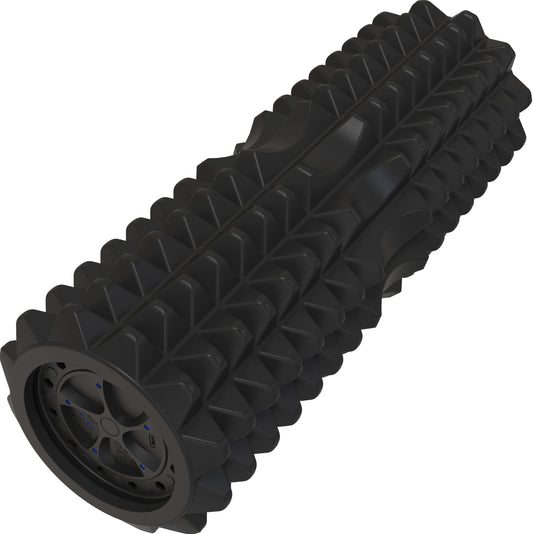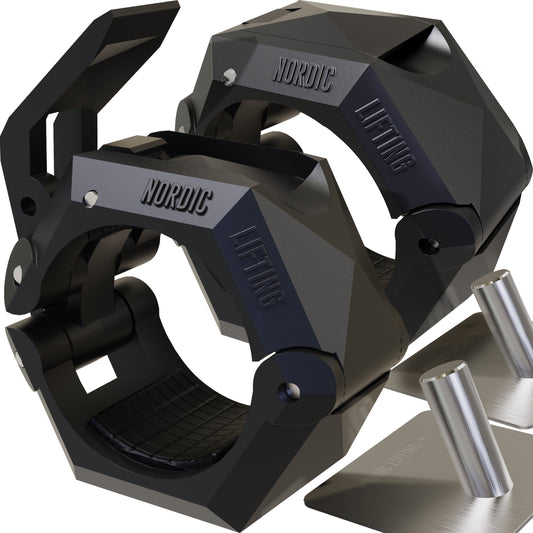Last Updated: February 8, 2025
Counting macronutrients, known as macros, is a powerful tool for anyone wanting to improve their nutrition and meet specific health goals. By learning how to count macros, individuals can tailor their diets to optimize weight loss, muscle gain, or overall wellness. This straightforward approach helps people understand the balance of proteins, fats, and carbohydrates in their meals.
For those new to the concept, tracking macros might seem challenging, but it becomes easier with the right guidance. This article will walk readers through each step of the macro counting process, from setting personal goals to integrating macros into daily meals. Understanding the essential role of macronutrients can lead to more informed food choices and better health outcomes.
With this knowledge, anyone can gain confidence in their dietary decisions and see real progress in their fitness journeys. Embracing macro counting allows for flexibility and personalization in nutrition, making it a popular choice among fitness enthusiasts.
Key Takeaways
- Macronutrient counting helps achieve specific health goals.
- Tracking macros can be easily implemented with proper guidance.
- Understanding macros leads to better food choices and improved health.
Understanding Macronutrients
Macronutrients are essential components of the diet that provide energy and support body functions. They include carbohydrates, proteins, and fats. Each macronutrient plays a unique role in health and nutrition.
Carbohydrates and Fiber
Carbohydrates are the body's main source of energy. They break down into glucose, which fuels everyday activities and exercise. Carbs can be categorized into two types: simple and complex. Simple carbohydrates, like sugars, offer quick energy but can lead to spikes in blood sugar.
Complex carbohydrates, found in foods like whole grains and legumes, digest more slowly, providing sustained energy. Fiber, a type of complex carbohydrate, is vital for digestive health. It helps regulate blood sugar, promotes a healthy gut, and can contribute to weight management. Foods rich in fiber include fruits, vegetables, and whole grains.
Proteins and Amino Acids
Proteins are crucial for building and repairing tissues in the body. They are made up of amino acids, some of which are essential, meaning the body cannot produce them. High-quality protein sources include lean meats, fish, eggs, dairy, and plant-based options like beans and lentils.
Consuming enough protein aids in muscle growth, hormone production, and immune function. It also contributes to satiety, helping control hunger levels. Different dietary needs may require varying protein intake levels, depending on individual goals like weight loss or muscle building.
Fats and Healthy Fats
Fats play several vital roles in the body, including hormone production and supporting brain function. Despite their reputation, fats are essential for a healthy diet. They can be classified into saturated and unsaturated fats.
Unsaturated fats, such as those found in nuts, seeds, and fish, are considered healthy fats. They can help lower cholesterol levels and reduce the risk of heart disease. Saturated fats, found in animal products and some oils, should be consumed in moderation. Incorporating healthy fats into the diet is important for optimal health and energy.
Calculating Your Macros
Calculating macros is an essential step in achieving nutrition goals. This involves setting specific macro targets, utilizing tools like online calculators, and understanding how metabolism affects calorie needs.
Setting Your Macro Goals
To set effective macro goals, one must first determine total daily energy expenditure (TDEE). This measures the total calories burned in a day. An accurate TDEE estimate helps in adjusting calorie intake for maintenance, muscle gain, or fat loss.
Next, find the Basal Metabolic Rate (BMR) using the Mifflin-St Jeor equation. This equation considers weight, height, age, and gender. By getting a good baseline, it’s easier to define macro ratios.
Macro ratios often vary but common splits include 40% carbs, 30% protein, and 30% fats. At this stage, one should set clear macro targets based on individual health goals, ensuring a balanced and healthy diet.
Using Online Calculators and Apps
Online calculators and macro tracking apps can simplify this process. They typically ask for basic details like age, weight, height, and activity level. After entering this data, they provide tailored macro calculations.
Popular macro calculators also recommend specific macro ratios tailored to individual goals, like weight loss or muscle gain. These tools help in tracking daily intake, making sure one meets their set targets.
Apps also often feature food databases, which aid in logging meals. This makes it easier to monitor nutrient absorption and stay on track with goals while keeping meals balanced.
The Role of Metabolism in Macro Counting
Metabolism significantly influences how the body processes macros. Understanding that BMR is the energy used at rest helps in formulating a plan.
An efficient metabolism can aid in calorie burning, enhancing weight goals. Factors like age, muscle mass, and hormonal balance affect metabolism rates.
For tracking, it’s vital to adjust your intake as metabolism changes. As one progresses, recalculating TDEE can lead to fine-tuning macro targets. This ensures that the diet remains effective, continuously supporting health and fitness objectives.
Implementing Macro Counting in Your Diet
Implementing macro counting effectively combines planning, informed food choices, and the right tools. This approach ensures that individuals can align their eating habits with their fitness goals, be it weight loss or muscle gain.
Planning and Preparing Your Meals
Meal prep is crucial for successful macro counting. By planning meals ahead of time, individuals can control their macronutrient intake. He or she might start by defining their macronutrient distribution, which involves calculating daily requirements based on their fitness goals.
They should use meal prep containers to organize ingredients, ensuring diet quality is high. For example, a balanced meal could include lean protein, complex carbs, and healthy fats. By preparing meals in bulk, it becomes easier to stick to a calorie deficit for weight loss or a calorie surplus for muscle gain. Keeping a food scale handy allows for accurate portion sizes, making it simple to adjust meals as needed.
Making Informed Food Choices
Choosing nutrient-dense foods is vital in macro counting. Individuals should learn to read nutrition labels to better understand what they consume. He or she should aim for whole foods that provide essential nutrients without excess calories.
For example, lean meats, vegetables, whole grains, and healthy fats should be prioritized. This approach enhances diet quality while meeting macro needs. It is also beneficial to adopt a flexible dieting mindset, known as IIFYM (If It Fits Your Macros). This allows for enjoyment of various foods while still maintaining macro goals. Choosing foods high in protein can support muscle gain, while incorporating complex carbs can provide sustained energy.
Tools for Effective Macro Tracking
Using digital tools can enhance macro tracking. Apps designed for food tracking make it easy to log meals and monitor calorie intake. They often allow users to input specific food items and automatically calculate macros.
Additionally, he or she should consider enlisting the help of a nutrition coach. This professional can provide personalized guidance on macronutrient needs and food choices. A food scale will aid in accurate measurements, reinforcing the benefits of portion control. Keeping consistent records leads to better accountability and progress towards fitness goals.
Frequently Asked Questions
Many people have questions about counting macros. Understanding the basics can help individuals get started and stay on track. Here are some common inquiries along with their answers.
What is the best way to get started with macro counting for beginners?
To begin counting macros, a person should first determine their daily calorie needs. This can be done using a calculator based on their age, weight, height, and activity level. Next, they need to set a macro ratio that aligns with their goals, whether it’s losing weight or gaining muscle.
How do I accurately calculate my macronutrient ratios for weight loss or muscle gain?
Calculating macronutrient ratios involves knowing how many grams of protein, carbohydrates, and fats to consume. A typical macro ratio for weight loss could be 40% protein, 40% carbs, and 20% fat. For muscle gain, a person might adjust this to 30% protein, 50% carbs, and 20% fat, depending on their specific goals.
What are the benefits and potential drawbacks of macro counting in a diet?
Counting macros can offer several benefits, such as promoting awareness of food intake and helping with meal planning. However, some people might find it tedious and time-consuming. It also requires careful tracking, which can sometimes lead to stress around food choices.
What is the 30/30/40 rule, and how does it apply to counting macros?
The 30/30/40 rule is a specific macronutrient ratio where 30% of calories come from protein, 30% from fat, and 40% from carbohydrates. This approach can help maintain balanced energy levels while supporting different fitness goals. Users can adjust these percentages based on their personal needs.
How does macro counting differ between losing weight and gaining muscle?
When losing weight, a person typically consumes fewer calories and may increase protein intake to maintain muscle mass. In contrast, gaining muscle often involves a calorie surplus with a focus on higher protein and carbohydrate intake to support workouts. Adjusting macro ratios based on these goals is essential for success.












